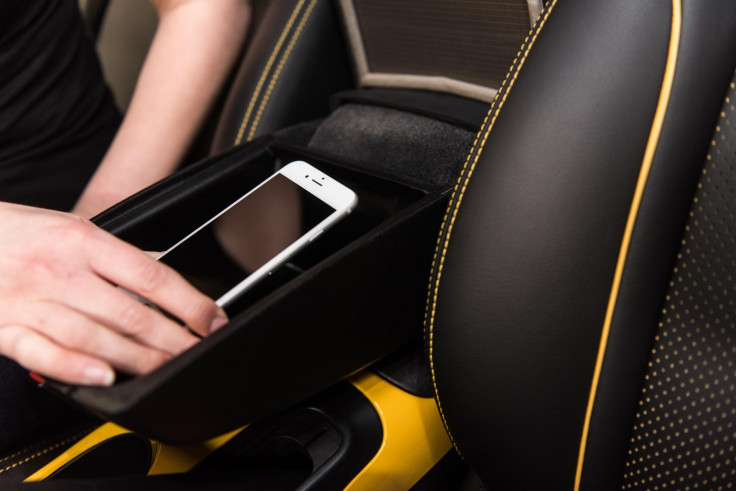How 1830s Faraday cage stops smartphone use behind the wheel
Signal Shield prototype is a phone compartment which blocks all cellular, Wi-Fi and Bluetooth connections.

Technology from the 1830s is being used to help prevent one of the most modern causes of car crashes, as Nissan creates a Faraday cage to stop a driver's smartphone from working while they are behind the wheel.
Called Signal Shield, the signal-blocking storage compartment is only a prototype for now, but is designed to fit into the central armrest of the company's Juke car.
Using technology invented by English scientist Michael Faraday in the early 19th century, the compartment blocks all cellular, Wi-Fi and Bluetooth signals from reaching the phone. This in turn means calls, messages and notifications will not distract the driver and encourage them to look at and use the phone.
For drivers who don't want to be left completely off-grid as they drive, the Signal Shield compartment includes a cable for attaching phones to the car's infotainment system, where calls and media playback can be controlled safely.
Mobile phone use behind the wheel is a growing problem. According to data from the RAC, the percentage of people admitting to handling their phone while driving soared from 8% in 2014 to 31% in 2016. Research conducted by Nissan found that 18% of drivers admitted to texting behind the wheel.
What is a Faraday cage?
Created in the 1830s, the Faraday cage is an enclosure made of a conductive material, such as wire mesh, which blocks electromagnetic fields. When an electronic device like a smartphone is placed inside, incoming electromagnetic fields like cellular and Bluetooth signals, are distributed across the cage's external conducting material and do not reach the device.
RAC road safety spokesperson Pete Williams said: "Our research shows that handheld phone use by drivers has reached epidemic proportions. As mobile phone technology has advanced significantly many people have become addicted to them...The Signal Shield is a good example of a technology that can help drivers be phone smart. For those who can't avoid the temptation, this simple but pretty clever tech gives them a valuable mobile-free zone."
Finding ways to stop smartphone use while driving is a top priority for technology companies and car makers alike. In April this year Samsung began testing an app called In-Traffic Reply which detects when a smartphone is in a moving car and replies to any incoming calls or messages with a pre-set message explaining the driver is busy and cannot use their phone.
An Apple patent made public in 2014 describes a system where an iPhone uses its sensors and cameras to work out where in the vehicle it is, and if it is being used by the driver.
© Copyright IBTimes 2025. All rights reserved.






















